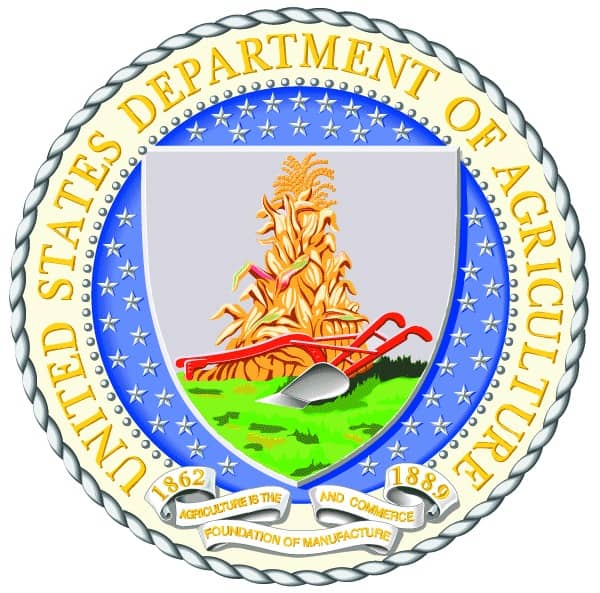“Can I preach, can I preach?” Bruno Mars, 24K Magic
I recently learned, from sleuthing and reading, not from any illuminating discussion during Truth or Consequences city meetings, that the two big water-system projects coming up involve very high interest fees.
Both the projects will be paid for out of water-rate income.
The “MSD Water Project,” Main Street Downtown, was funded by the United States Department of Agriculture, overseen by the Rural Utilities Services division. The USDA awarded the city a $5,487,000 loan and $3,930,000 grant, total of $9,419,000.
The loan/grant came with the condition that the city find and take out an “interim/bridge loan” for all of the pre-construction work, which totals about $1.8 million, according to a USDA letter of conditions sent to the city Sept. 26, 2019, recently given to me by Assistant City Manager Traci Alvarez, in response to my question.
My question to Alvarez was, “Why is only $6.3 million available for construction out of a $9.4 million loan/grant?”
The scope of construction has been cut down three times and is late starting. The first time it was cut down was just before the USDA determined how much water rates should be increased. Rates were increased nearly 50 percent in 2020, followed by a rate increase of 5.7 percent in 2021 and a 9.7 percent increase in August. The project construction was cut a second time after bids came in 55 percent higher than expected about six months ago and a third time recently, after a second bidding process brought in the lowest bid from Smithco Construction, located in nearby Caballo, at $7.5 million.
Smithco was awarded the construction contract at the Sept. 14 meeting at $6.8 million, the $500,000 or so difference for gross receipts taxes.
Before-construction costs include about $815,000 for design, $156,000 for “resident inspections,” $93,000 for “additional services,” $84,000 for “Las Cruces GRT,” $635,000 for “contingencies,” and $21,000 for “bond counsel,” which totaled about $1.8 million, according to the USDA conditions letter.
The city took out a nearly $2 million bridge loan from Bank of the Southwest for about 18 months at over 5 percent interest, but it must be compounded daily, because the interest is calculated, by USDA in its letter, at $635,694.
The USDA will wrap the pre-construction loan into a 40-year construction loan, which has an interest rate of less than 2 percent, hiding the expensive bridge loan from mind and memory.
I called the USDA and a woman who did not identify herself said the USDA insists on interim loans if a governmental entity can afford it in any way, “because we are not a bank, and every time a draw was made, we had to pay the closing costs.”
But who is this “we?” It is we the people, and the people are paying very dearly for the outside financing through their water rates, which we were supposedly trying to avoid by applying to the USDA to begin with.
The second big water project, “Water Systems Improvements, Phase I,” is also a USDA project, $4,811,000 loan and $2,720,000 grant, total of $7,531,000.
At the Sept. 14 meeting, the city took out another bridge loan at Bank of the Southwest for $750,000 for 18 months that will cost $440,743, according to the USDA conditional letter written Aug. 24, 2021.
Does it sound reasonable to pay $440,743 to borrow $750,000 for 18 months?
All that will be left for construction is $4.9 million out the $7.5 million loan/grant.
We have loaded over $17 million of debt onto current and future generations of water-utility payers without much discussion or explanation to the people.
City voters should vote no on the $1 million general-obligation-bond question on the Nov. 8 ballot for streets. Voters should also vote no on the $2 million general-obligation-bond question for water and wastewater improvements.
The city is simply not transparent enough with its citizens to deserve the money. It also has no master plan for $300 million in water and wastewater repairs. I base this estimate on recent statements by City Manager Bruce Swingle, who said $150 million is needed for water-system repairs and “the wastewater system is as bad.”
Swingle announced at the Sept. 14 meeting that the Chamber of Commerce “voted unanimously” to carry out a campaign in favor of the $3 million in general obligation bonds.
If passed, the G.O. bonds will double the people’s property tax.
If you see a Chamber of Commerce ad that basically states the obvious—the city needs these repairs—ask yourself, or them, if the city shouldn’t first:
1. Have a master plan in place to address $300 million in water and wastewater repairs that puts projects in priority and coordinates tearing up and repairing streets and water and wastewater repairs at the same time (which pipes are mostly adjacent) instead of doing it piecemeal
2. Have hired a staff city planner who can direct master planning and has enough government-agency and financial experience to understand the various loan/grant financing options. Currently Wilson & Co. does all our planning, a Las Cruces firm whose first goal is to make money, not look out for the people’s interests. The city planner should also be required to report at each city commission meeting on the dozens of ongoing projects—the vast majority being conducted by Wilson & Co.—explaining, in layman’s terms, why we are doing them in the order proposed and how we are financing them and why that form of financing has been chosen.
I have written about the G.O. bonds before, if you care to hear more reasons for voting no:


I really don’t understand the outrageous interest rates reported here. It sounds like usury. IF reported accurately, how can a lending institution charge, and a city (whoever agreed to this fee) pay such a high amount?
If we vote down this bond aren’t we still responsible for these crazy interest rates? If so, where is the benefit in voting “no”. I’d like to hear from our city manager about this.
I don’t understand how these interest rates are possible either, which is why I wrote the article and why I called the USDA. I sent Mr. Lawton the documents cited that verify the figures given, and will forward them to anyone else who wants them. Email me at kathleen.sloan@gmail.com if you do.
Yes, even if the people vote down the G.O. bonds, we will still have to pay these interest fees, folded into USDA 40-year loans that will be paid with money from our water bills.
The article is to demonstrate that voters should not give the city property tax money for water, sewer and streets because they will probably spend it as they are spending our water-utility fees. They do not explain projects and how they are being financed. The silence of the city commission and lack of questions and lack of insisting on reports also shows their lack of fiduciary oversight, one of their primary duties. When their seats come up, this should be noted.
“whoever agreed to this fee. . .” That is the city commission. They voted in favor of the grant/loan from USDA, which spelled out the conditions, which include a bridge loan. Then they voted in favor of the bridge loans. No discussion.
Unless I (quite possibly) missed something, the only information I saw in the pieces sent to me stated that the loans were to be paid off over a period of 40 years. That might well explain the large amounts. It sure explained why I ended up paying so much on my rental property mortgage. It would be wonderful if we have any readers with a strong accounting background who can analyze these proposed budgets to see if there are actually any serious irregularities. Until I see something that detail oriented I’m voting for the bond, given the lack of a decent alternative that better addresses infrastructure improvements.
For the $9.4 million loan/grant document, page 3, “interim interest” line gives the interest rate for the bridge loan. For the $7.5 million loan/grant document, page 3, “Interest fee-Interim/Bridge” line gives the interest rate for the bridge loan. I agree the documents are vague on the requirements on the bridge loan requirement. The city meetings I attended in which the bridge loans were voted on and not discussed or explained were also vague. That’s why I called the USDA, to verify the requirement. I asked them to send me the federal law making it a requirement, and I am still waiting. I was told, I think, that it was section 1780 in the code and was passed in 1997, although the USDA has only been strict about enforcing bridge loans being taken out by gov. entities who in any way can afford them since 2015.